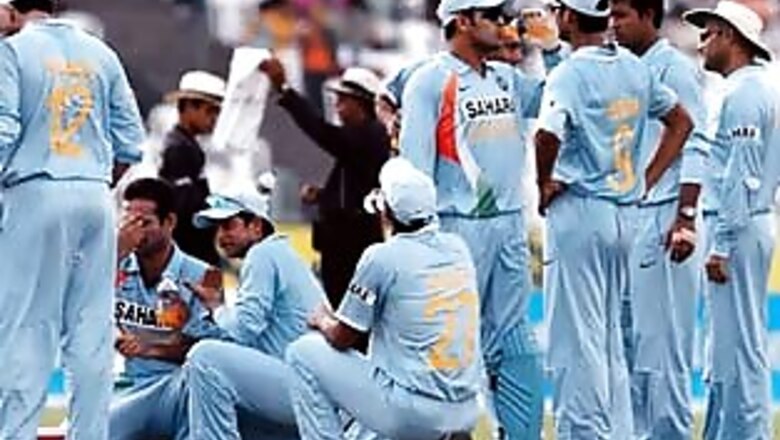
views
On September 22, the Champions Trophy, a one-day cricket tournament among eight countries, began in South Africa amid speculation that the one-day format is on its deathbed. International Cricket Council (ICC) chief, Haroon Lorgat, thinks the Champions Trophy will show that the one-day format is still relevant. But what if he’s wrong?
Ostensibly it would be a disaster. Two-thirds of all cricketing revenues come from ODIs. But phasing out the one-day format may actually be an astute move. Before people get tired of it, kill it and get viewers to migrate to a new format.
One-day was invented in 1975 in England to bring people back to watching cricket. Over time however, interest in one-day has dipped alarmingly. TAM viewership ratings for tests vary between 0.9 to1.2; one-days too get TAM ratings of 1.1. The new kid on the block, T20, gets viewership ratings of 10 to 15. The last T20 finals fetched a rating of 9.8.
So one-day has a classic stuck-in-middle problem. Neither is it traditional, like a Test match, nor is it radical, like a T20 slam-bang.
But why not get rid of the Tests first? Who wants to watch this anachronism that plays out over five days? A few loyalists it seems. “Test cricket will survive as long as there are purists to watch it. Every session in a Test is like a T20. Ad revenues will not be affected. You have classical brands like Raymonds who will advertise for Tests,” says KV Sridhar, national creative director, Leo Burnett.
So test series now becomes like a fixed deposit earning a steady but non-spectacular stream of revenues — a 10-second ad spot normally gets Rs 50,000 to Rs 60,000. And the T20 becomes the stock on fire — during IPL, a 10-second slot sold for an average Rs. 7 lakh. A high profile ODI featuring India goes for just Rs 2 lakh.
ESPN-Star is selling ad spots for the T20 Champions League that starts in October at a premium of 40 per cent to that of the Champions Trophy.
Because T20 is exciting, tournaments get a concentrated loyal audience for 30 days straight. Fortune Oil and Vodafone had whole campaigns targeted just for the IPL. This is great for fans and TV channel bosses, but what about the players?
Player branding and marketing will get tougher. “You have eight teams in the IPL with more than 160 players. Out of which only 30 players or so have star value,” says Harish Krishnamachar, vice president, South Asia, World Sport Group. Players will have to prove themselves over many seasons so they can demand fat paychecks.
“Match earnings for players will increase drastically within the current contractual structure they have with the IPL franchises. However, their individual sponsorship earnings will come down drastically,” says Krishnamachar.
Take the Chennai Super Kings. MS Dhoni, along with Andrew Flintoff, Australia’a Matthew Hayden and New Zealand’s Jacob Oram, appear in ads for Aircel. In normal circumstances this would have been an additional income for all these cricketers.
So now you have the “follow-the-sun” model of cricket. Tests will take care of the days while T20s will juice up the nights. And everyone goes home richer.

















Comments
0 comment